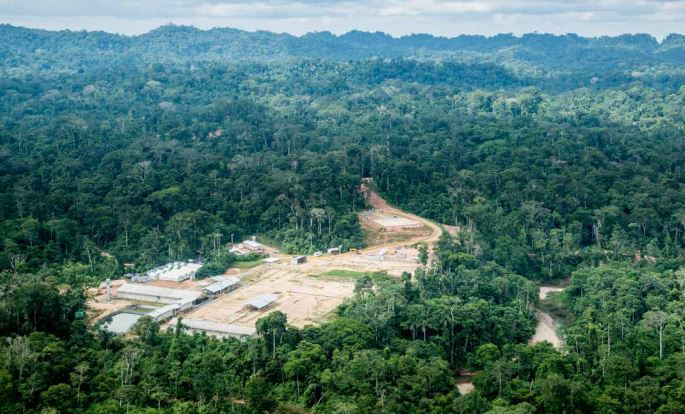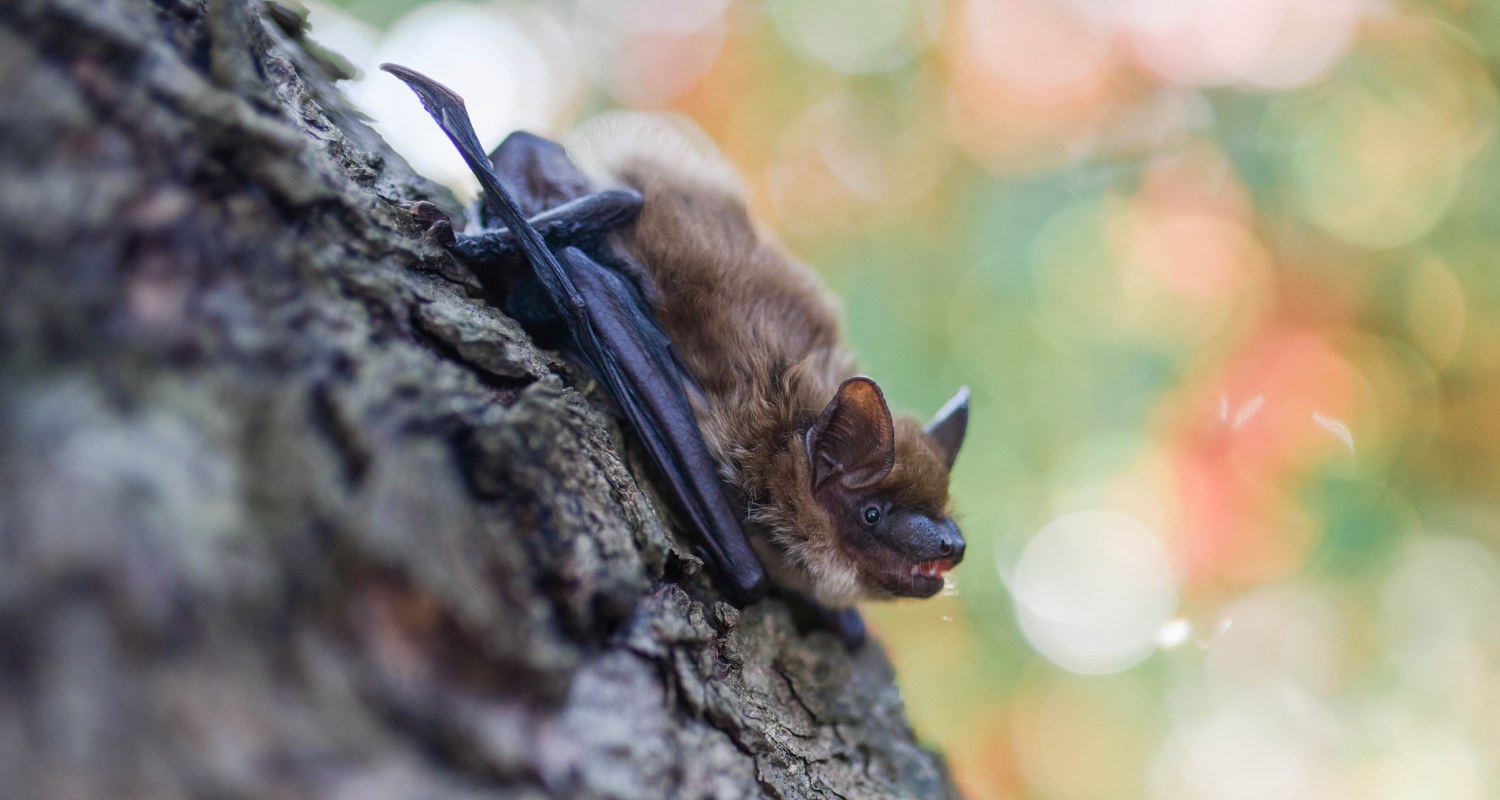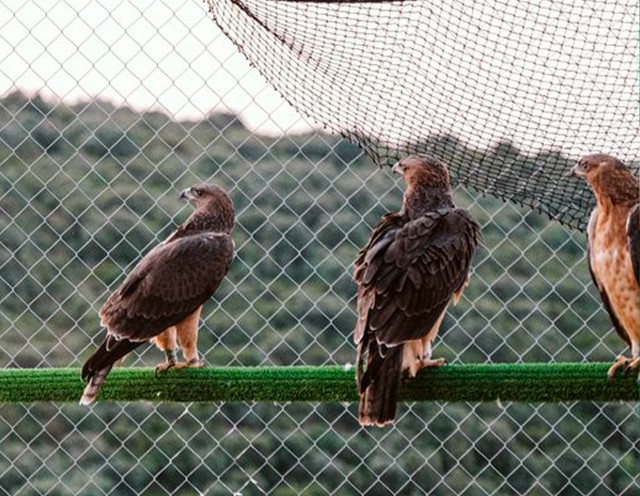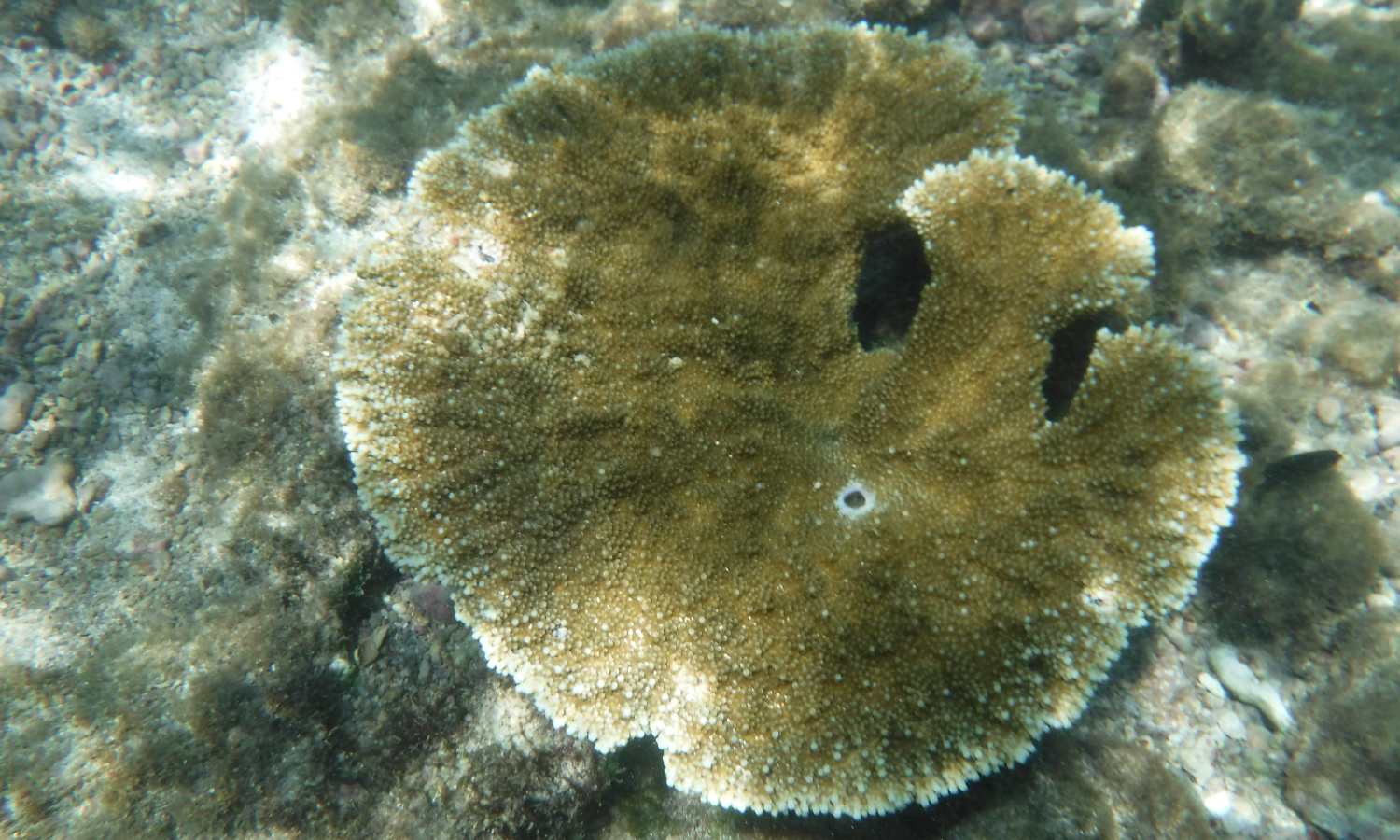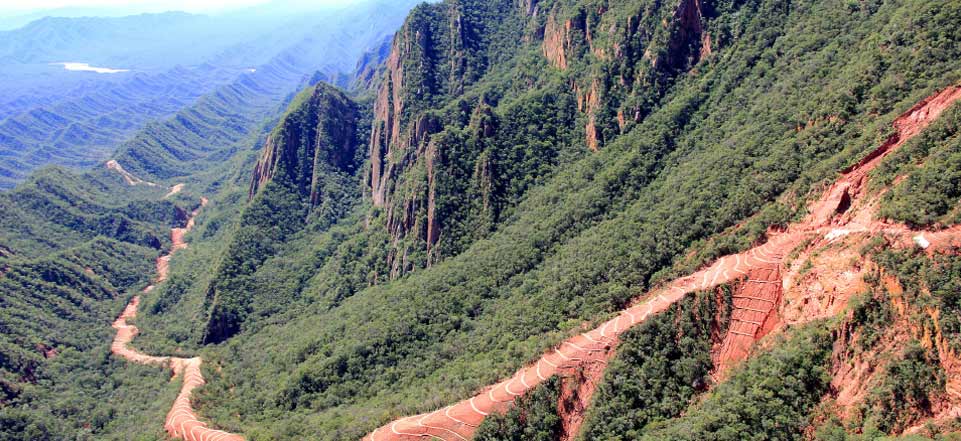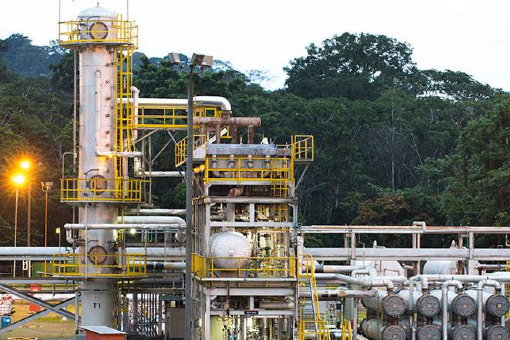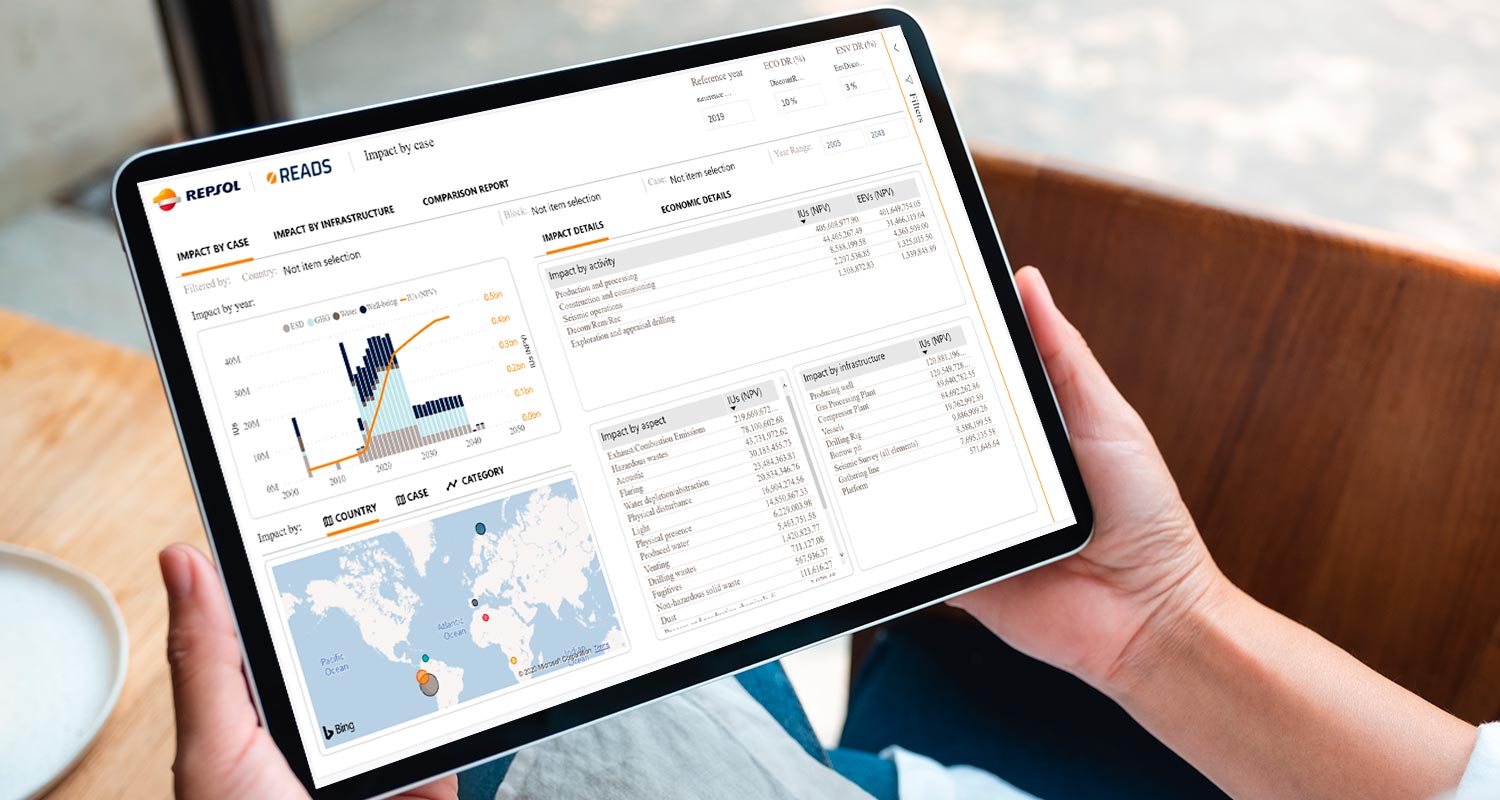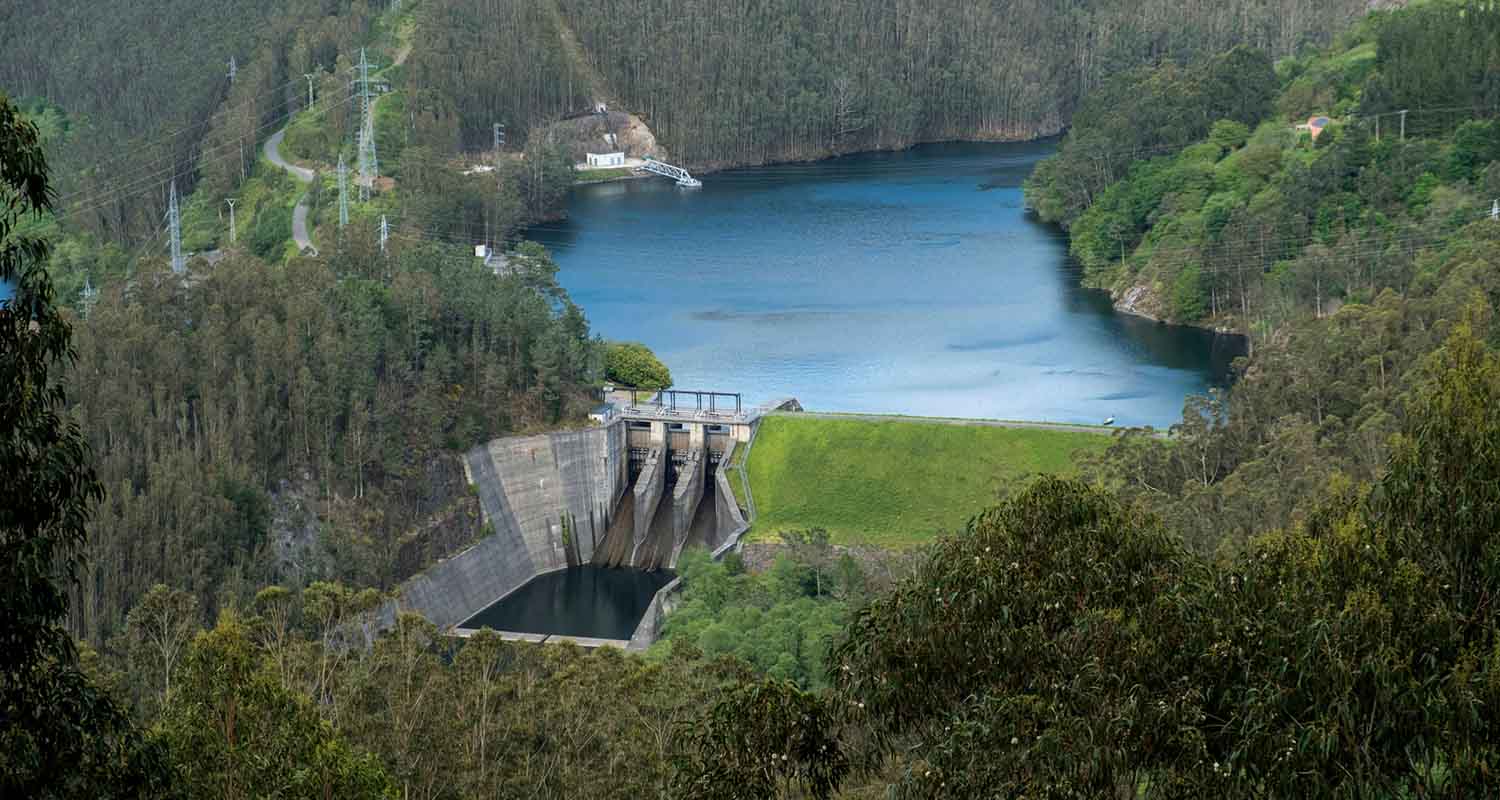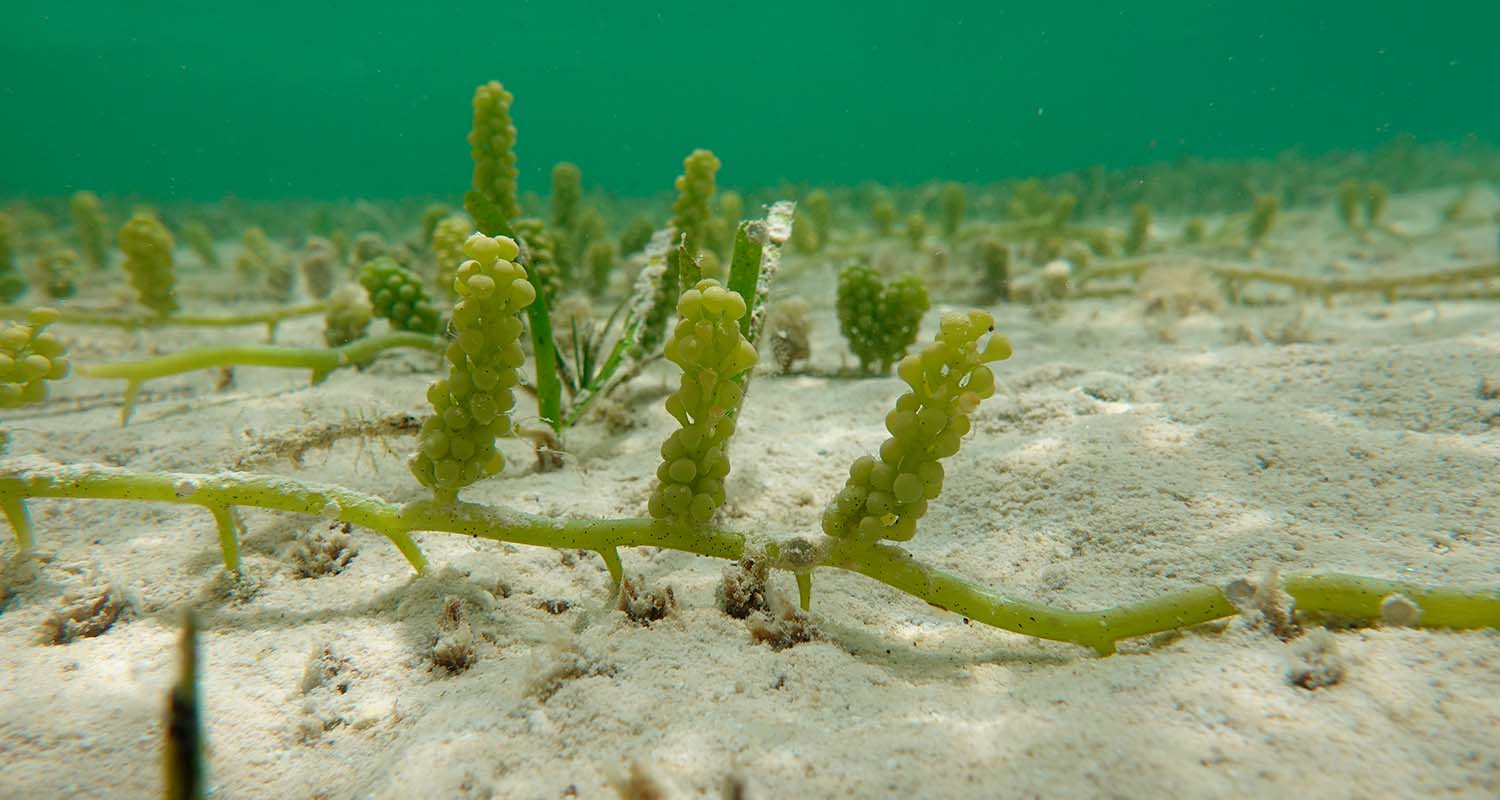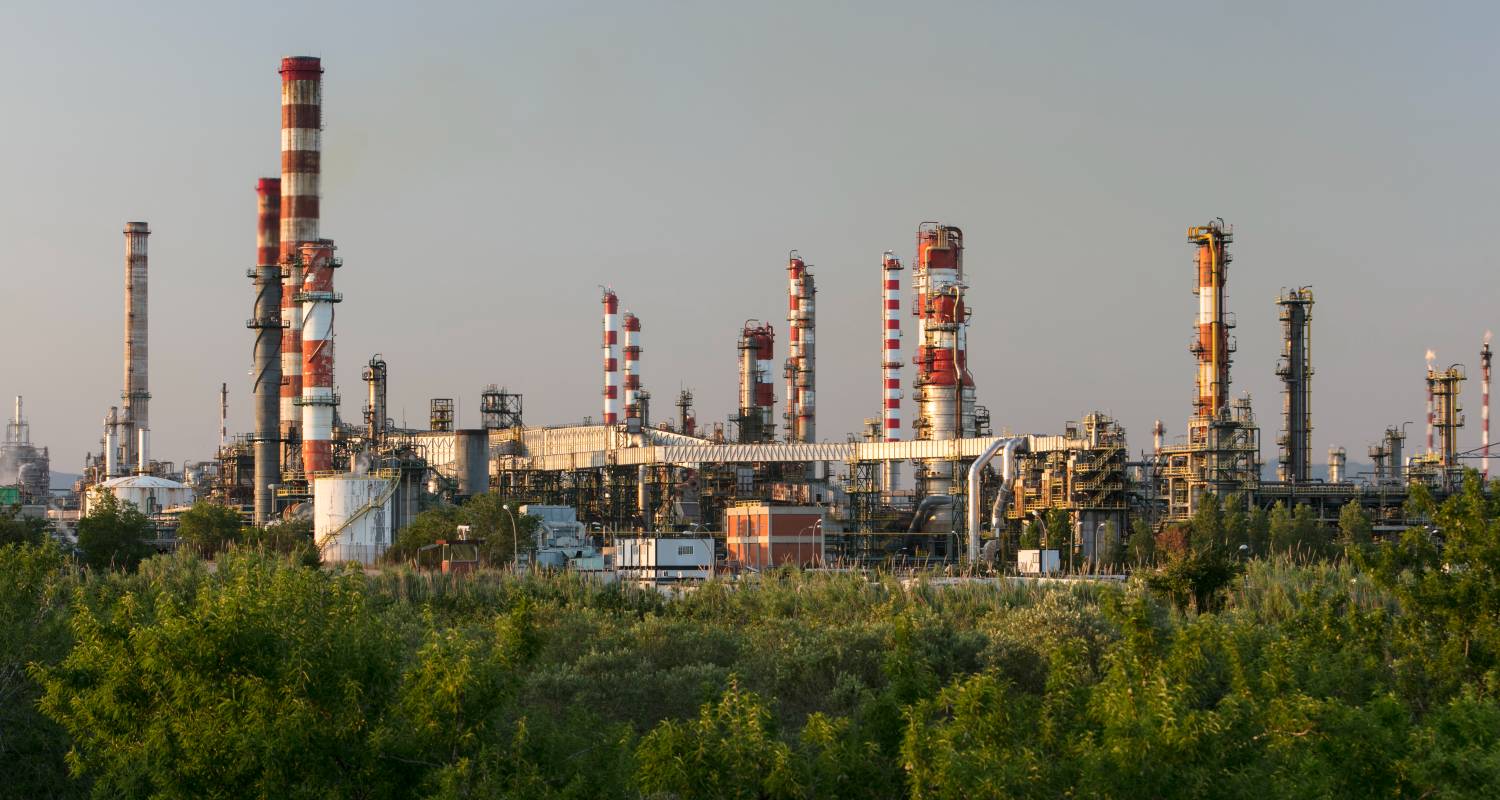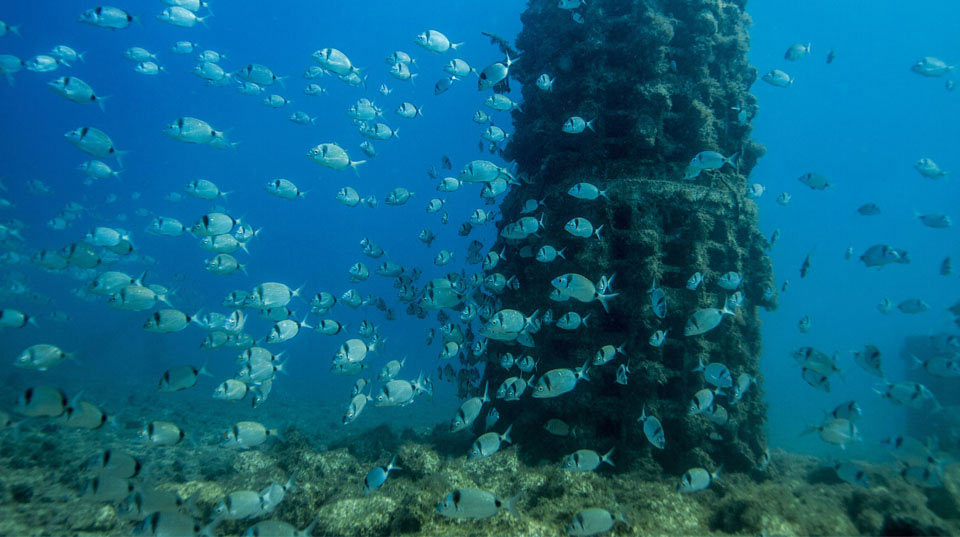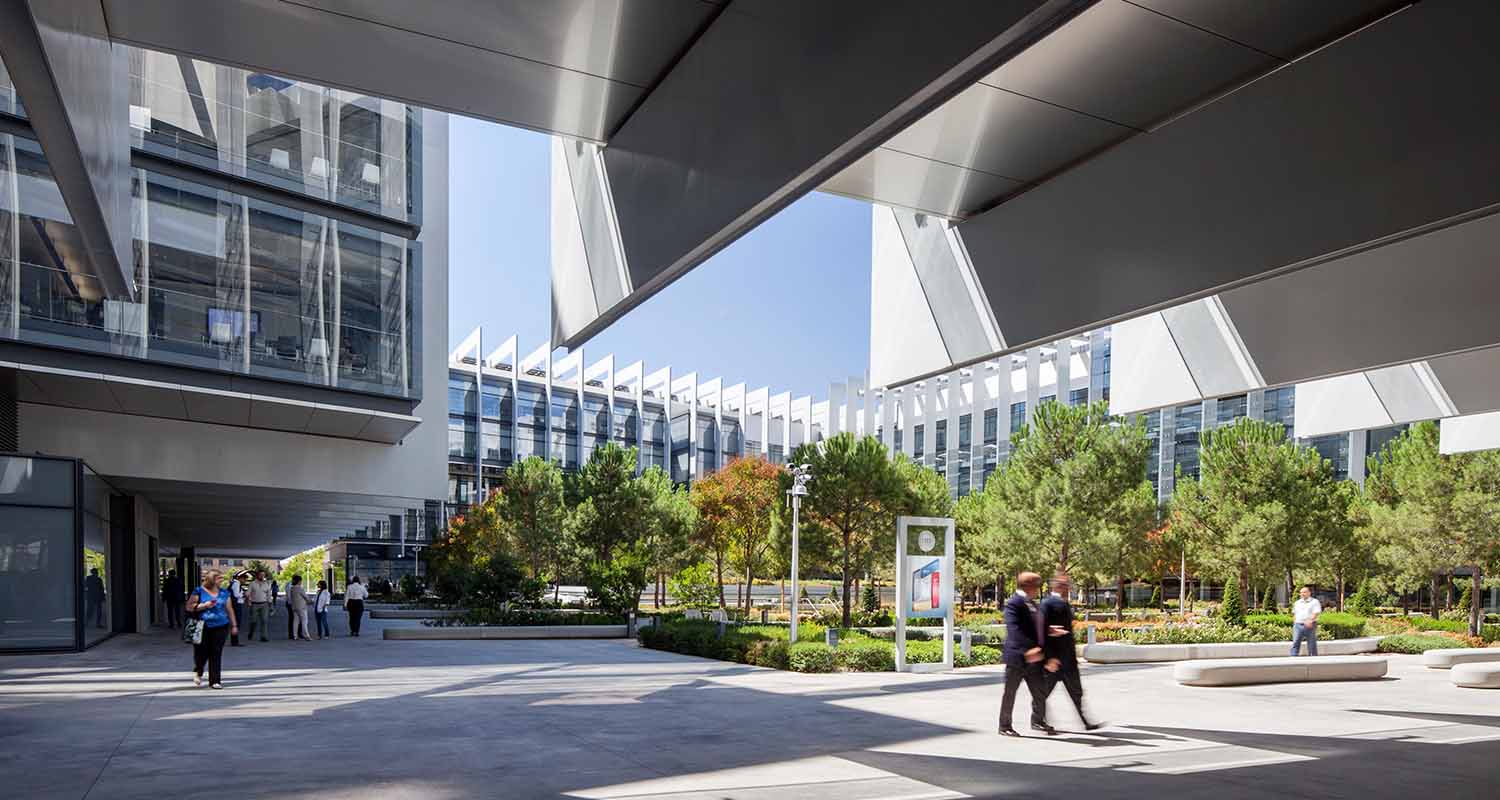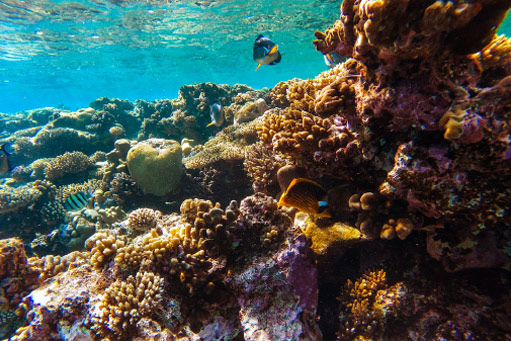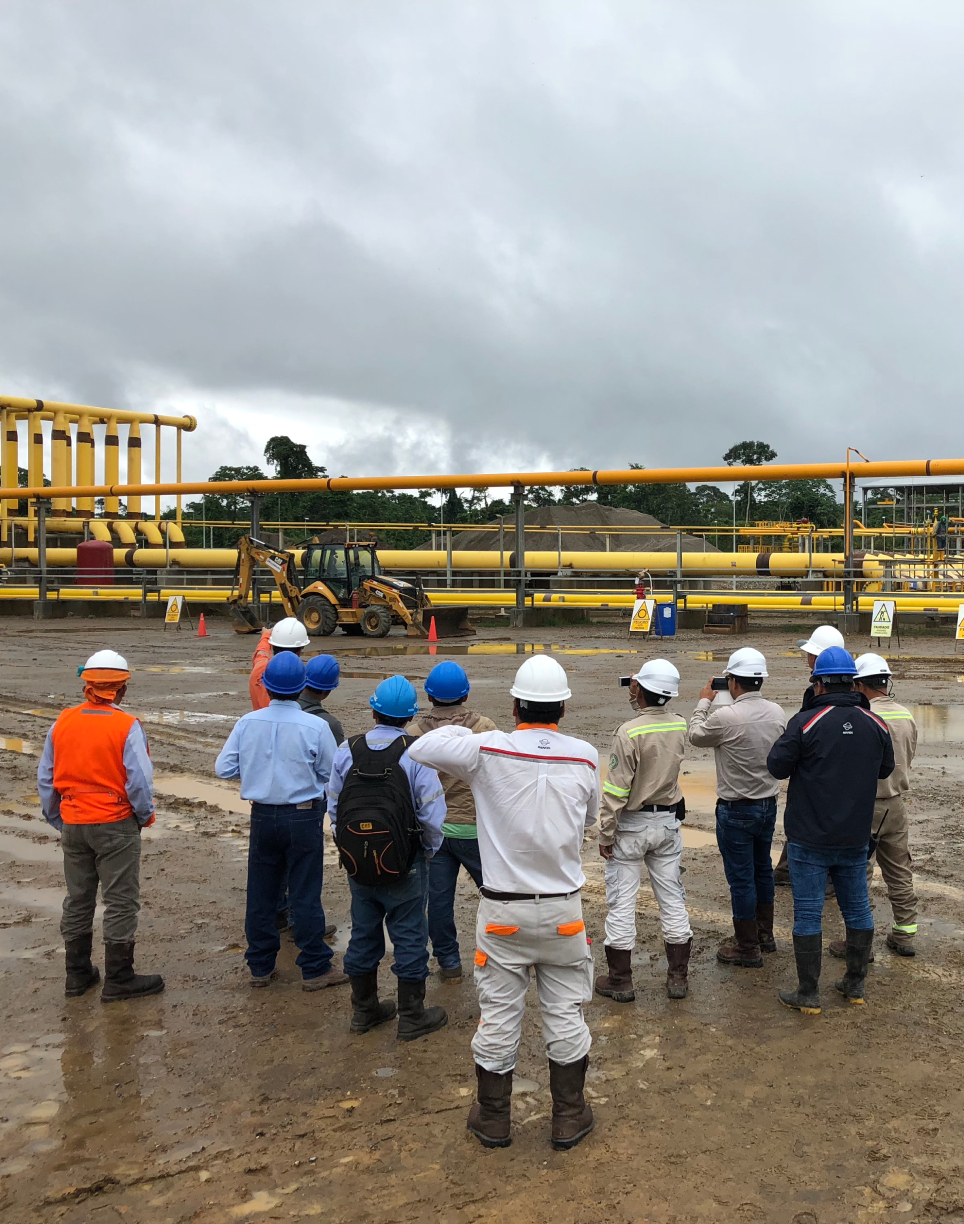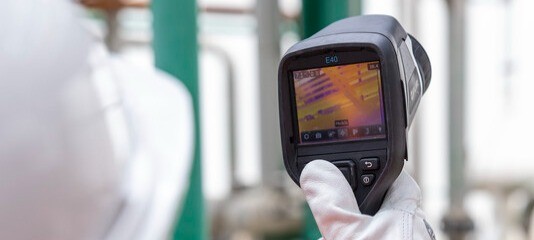A holistic view
A holistic view
We integrate natural capital, biodiversity, and the protection of ecosystem services into management systems and decision-making processes.
Collaborating with stakeholders
Collaborating with stakeholders
We collaborate with local communities and engage stakeholders, understanding their expectations on biodiversity.
Assessing impacts and dependencies
Assessing impacts and dependencies
We analyze the impacts and dependencies associated with the ecosystem services provided by biodiversity and other elements of natural capital.
Applying the mitigation hierarchy
Applying the mitigation hierarchy
We implement measures to avoid and minimize impacts on biodiversity and natural capital and to restore the environment in which we operate.
Monitoring performance
Monitoring performance
We develop KPIs that allow us to measure performance and optimize management measures.
Participating in projects
Participating in projects
We take part in research, conservation, education, and awareness-raising projects on biodiversity and the environment.
